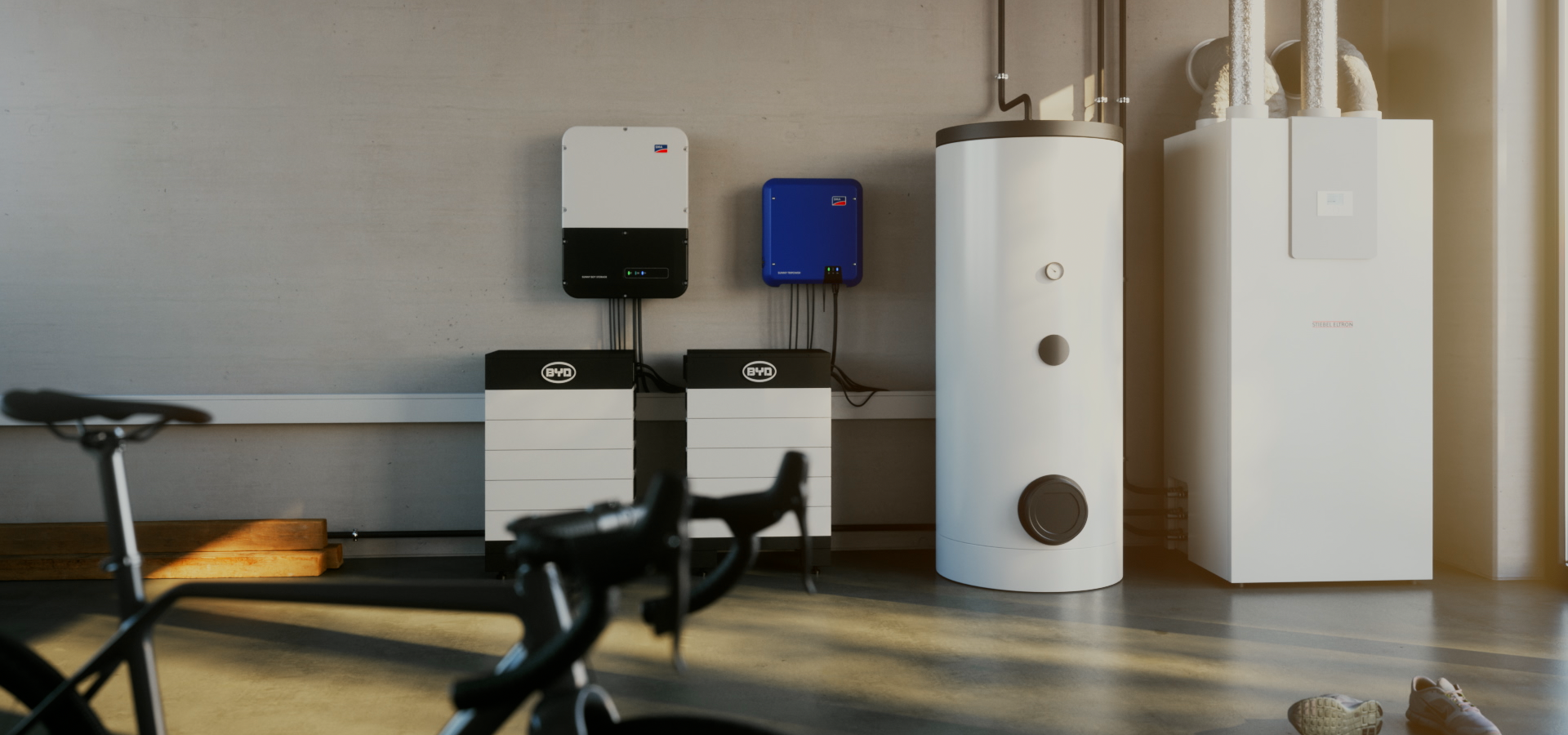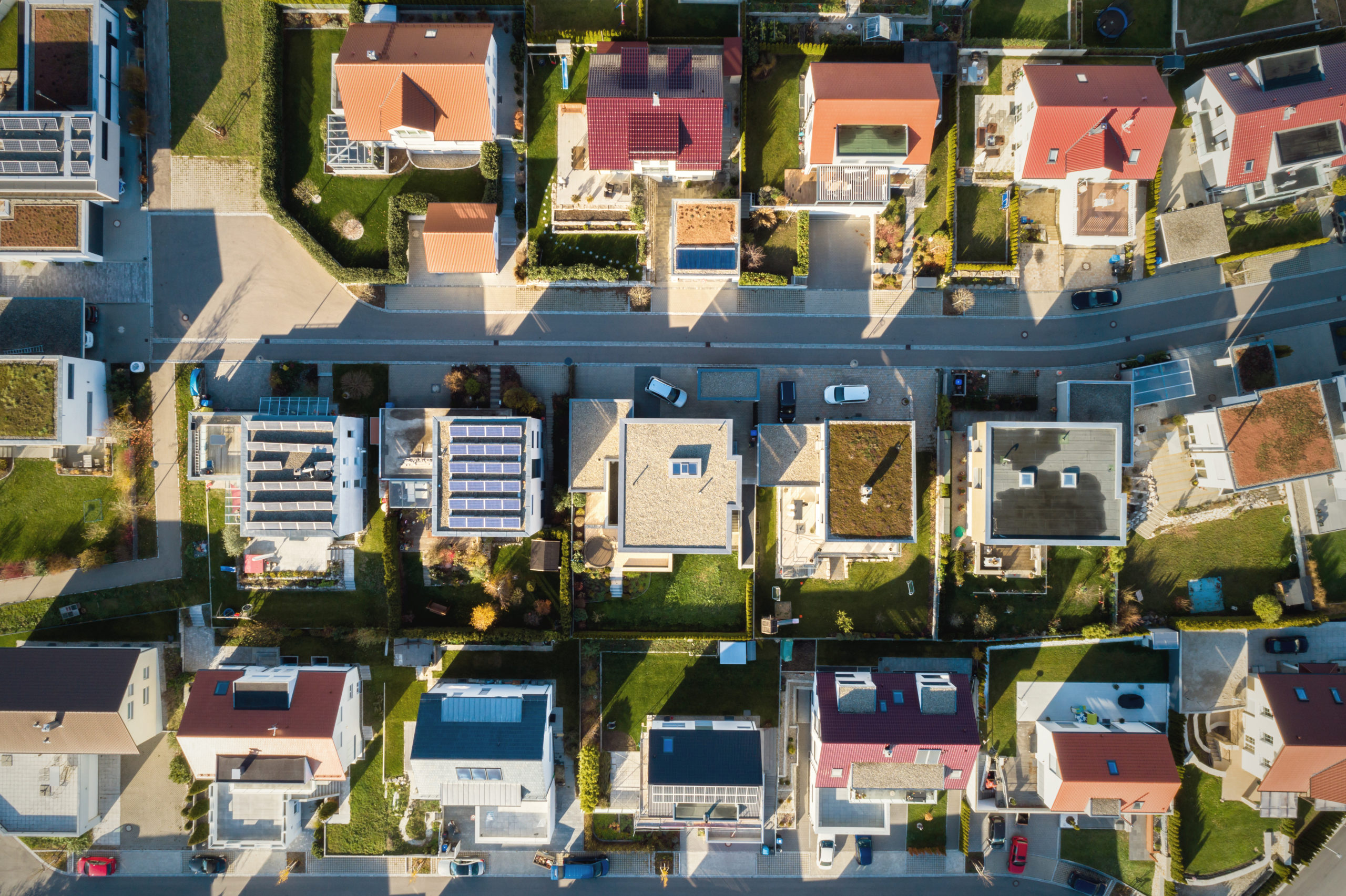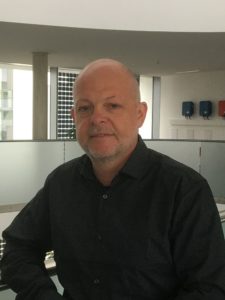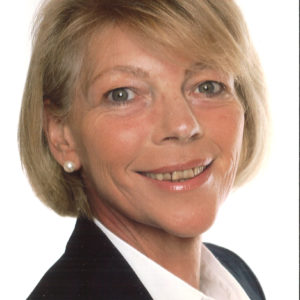This is a guest post by Claus Allert. The guest post reflects the opinion of the author and does not necessarily represent the opinion of the VDE.
Stability and flexibility for renewable sources thanks to storage
Oleniczak: Welcome, Mr. Allert, you are Senior Expert Engineer at the SMA Solar Technology AG and involved in the FNN Working Area as a Vice Chairman of the Expert Network Energy Storage. From your perspective, why is the topic of energy storage such a current issue and which energy storage technology has the best future prospects?
Allert: Energy storage solutions have arrived on the market. Their prices have fallen faster than those of PV installations which, in turn, are meanwhile rarely used without a storage system. New installations are generally designed in combination with a storage unit also buffering the self-generated power. This allows time-delayed power usage. Such installations are mainly used in private households but the demand is now also growing in the commercial sector. Lithium-ion storage cells as used in e-mobility are currently leading the field.
This technology has now reached maturity and is going to play play a major role in the future. It will certainly undergo further improvements in terms of quality, process stability and service live in order to meet the requirements for many individual e-mobility products. Within the next five years, however, I do not expect major technical changes here. Stationary storage systems mainly benefit from e-mobility where they are required in very large quantities. Another critical topic is recycling – sustainable economy will become increasingly important over the next years.

Oleniczak: You have mentioned three catchwords: Network stability, recycling, sustainability. Can storage systems contribute to the network integration of renewable energies and thereby to a successful energy transition?
Allert: The energy transition is mainly driven by renewable energy sources which are inherently fluctuating and not constant. The storage system is used as a regulator which helps to increase flexibility. By this, I mean spatial flexibility resulting from network optimization and at the same time also temporal flexibility, i.e. storing the energy produced during the day for the night or even shorter periods. In future, the storage systems will be of critical importance in order to maintain network stability despite the shutdown of incumbent power generating plants.
This can be achieved by means of battery storage units as past experience with island systems has shown. In principle, the use of battery-assisted voltage dividing converters equipped with a storage unit enables robust and stable network operation thereby contributing to the energy transition. For a successful energy transition, it is crucial to put things on the right track to progress now. For this purpose, the Federal Government must lower barriers in order to increase self-consumption in industrial and commercial sectors.
Achieving climate targets through sector electrification and the removal of bureaucratic hurdles
Oleniczak: In your opinion, can we still achieve our climate objectives until 2045?
Allert: I believe so. Viewing the current developments and growth in the e-mobility sector and comparing those to the rapid development of e.g. mobile phones or smartphones, I do see sufficient potential there. Numerous innovations will yet be required. And I am quite optimistic that they will be achieved.
However, we must not waste time by waiting, we need to take action. This also applies to the new Federal Government which will hopefully take up work as soon as possible and follow up rhetoric with action to set the right course.
Network expansion objectives, for example, need to be adapted to the actual power consumption and also to the goals set by the Federal Government. This means new construction or extension of PV installations with at least 15 GW per annum, otherwise, the targeted 65 % of renewable energies by 2030 cannot be achieved, not to mention climate neutrality by 2045.
Network expansion alone will not do the trick, there are many obstacles to overcome. It is going to take various ways to seize every opportunity and chance offered by the energy transition and to prevent disastrous climate change.
Oleniczak: We have arrived here on the long haul and need to switch to sprint now in order to reach our shared climate goals such as network expansion and energy transition.
Allert: Indeed, what is required now is a fast reduction of bureaucratic barriers, e.g., in tax legislation, and a significant increase in PV installations on rooftops. Too many roofs in the private and, in particular, the commercial sectors are yet unused. Moreover, we must significantly expand our objectives concerning renewable energies and advance electrification in areas such as hot water, heating, ventilation and air conditioning. All this requires stimulus and action.
Oleniczak: From the energy supply viewpoint, what would you recommend to those who are currently building a new private home or renovating an existing building?
Allert: I recommend the installation of both PV modules on the roof and an energy storage unit, if possible, to provide one’s own power supply. This can be done by retrofitting during renovations or by direct installation in new constructions. A charging station for an e-vehicle is also important: either by directly installing a wallbox in your garage, parking space or carport during construction or by ensuring that it can be subsequently retrofitted. You should also pay more attention to electrification in the planning process. Heat pumps are likely to become more common than conventional oil or gas heating systems in the future.
Make sure to use energy-efficient components, particularly for equipment in continuous operation such as refrigerators and freezers. With nearly 9000 hours in a year, a consumption of merely 10 W more results in a yearly amount of almost 10 kWh. This is a considerable amount and it pays off to update to energy-efficient equipment.

Germany as a location: technologically good, still room for improvement in handling
Oleniczak: This is good guidance for decisions. How do you view Germany as a business and investment location in global comparison considering pace, innovation and bureaucracy?
Allert: Certainly, Germany as an industrialized country already serves as an example to other countries, not only in terms of technology. This also means, however, that if Germany takes the long road to energy transition, other countries will follow its example, which would make it impossible to reach the energy transition objectives. I perceive Germany as a driving force of innovation and an exporter of clean and sustainable energy supply technology. To me, this is both target and motivation: to have the role of innovator and example.
Oleniczak: What can we learn from other countries?
Allert: Germany is already in a fairly good position. We face, however, many regulatory obstacles in the fields of self-consumption, measurement technology, energy billing. Rate structures are rigid and offer little flexibility. Other countries are far more advanced with respect to time-variable rates, energy trade and less complex billing technologies. The lowering of bureaucratic hurdles would also boost the use of such systems. While Germany is well prepared technologically, there is still room for improvement in our handling of matters.
Oleniczak: Thank you very much, Mr. Allert.
Author information

Claus Allert studied electrical engineering at the Gesamthochschule Kassel – University. He has been working at SMA Solar Technology AG, Niestetal (formerly SMA-Regelsysteme GmbH) since 1997. After several positions, he now works as a system architect and senior expert engineer in the area of business development and partner management and, in addition to system concepts for complex storage systems, is responsible for safety concepts and national and international standardisation activities. Claus Allert is deputy head of the FNN expert network “Storage”.
